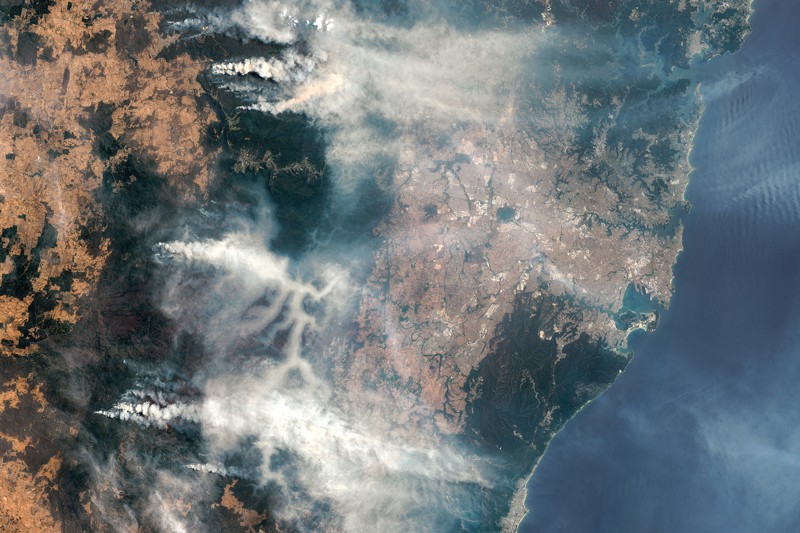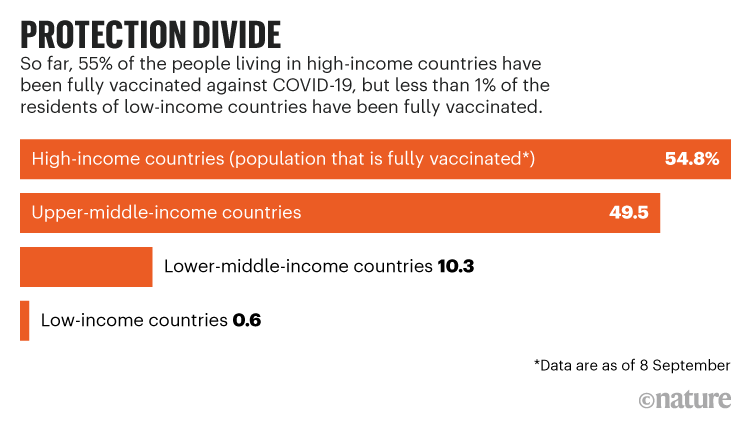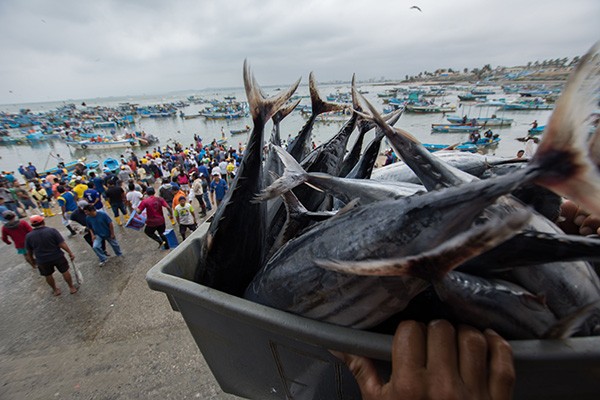Hello Nature readers, would you like to get this Briefing in your inbox free every day? Sign up here.
Plankton mopped up bush-fire carbon
The extreme bush fires that blazed across southeastern Australia in late 2019 and early 2020 released 715 million tonnes of carbon dioxide into the air — more than double the emissions previously estimated from satellite data. Plot twist: a lot of that might have been mopped up by phytoplankton in the ocean. Wildfire smoke infused the Southern Ocean with iron, nourishing phytoplankton. A huge bloom of the microscopic plants sucked up carbon equivalent to as much as 95% of the emissions from the fires. The question remains as to where the carbon taken up by the plankton eventually goes, and whether it makes it back out into the atmosphere.
Reference: Nature paper 1 & Nature paper 2
Features & opinion
Blue food to feed the world
Aquatic foods —, such as fish, shellfish and seaweed, collectively known as blue foods — show potential for building healthy, sustainable and equitable food systems. This collection, the result of a collaboration between The Blue Food Assessment and the Nature journals, shines a light on the contribution that aquatic foods can make to future food systems and the challenges that need to be tackled if these contributions are to be realized.
• Greenhouse-gas emissions, nitrogen and phosphorus pollution, and freshwater and land use are all among the factors that must be understood to make the most of blue food. Researchers found that farmed bivalves and seaweeds generate the lowest emissions and use the fewest land and water resources, and they identified many finfish options with low emission and resource use, both farmed and wild caught. The team also modelled ways to improve the environmental performance of aquatic foods, in some instances cutting emissions by half. (Nature | 6 min read)
• Aquatic foods have been neglected by researchers and policymakers. It’s time to recognize them, argues a Nature editorial. (Nature | 5 min read)
• In many places, fish are not usually just another healthy complement to an already rich assortment of foodstuffs — they are an irreplaceable source of micronutrients and protein. Researchers have modelled the potential benefits of increased seafood availability on micronutrient deficiencies and cardiovascular health. (Nature News & Views | 8 min read, Nature paywall)
Read the whole collection of articles and research
"feed" - Google News
September 17, 2021 at 05:42PM
https://ift.tt/3lPv8lZ
Daily briefing: How blue food can help feed the world - Nature.com
"feed" - Google News
https://ift.tt/2z3xEQN
https://ift.tt/2yko4c8
Bagikan Berita Ini

















0 Response to "Daily briefing: How blue food can help feed the world - Nature.com"
Post a Comment